‘Your favourite virtue?’ ‘I don’t have any: they are all boring,’ wrote the 21-year-old Camille Claudel in a Victorian album belonging to an English friend in 1886. The remark perfectly matches the photograph of the aspiring sculptor taken two years earlier by César: childlike, sullen, attitudinous, beautiful.
Claudel was in England on a break from working in Auguste Rodin’s studio, where she had been taken on as an assistant in 1884.
Already a subscriber? Log in
Subscribe for just $2 a week
Try a month of The Spectator Australia absolutely free and without commitment. Not only that but – if you choose to continue – you’ll pay just $2 a week for your first year.
- Unlimited access to spectator.com.au and app
- The weekly edition on the Spectator Australia app
- Spectator podcasts and newsletters
- Full access to spectator.co.uk
Or
Unlock this article
You might disagree with half of it, but you’ll enjoy reading all of it. Try your first month for free, then just $2 a week for the remainder of your first year.

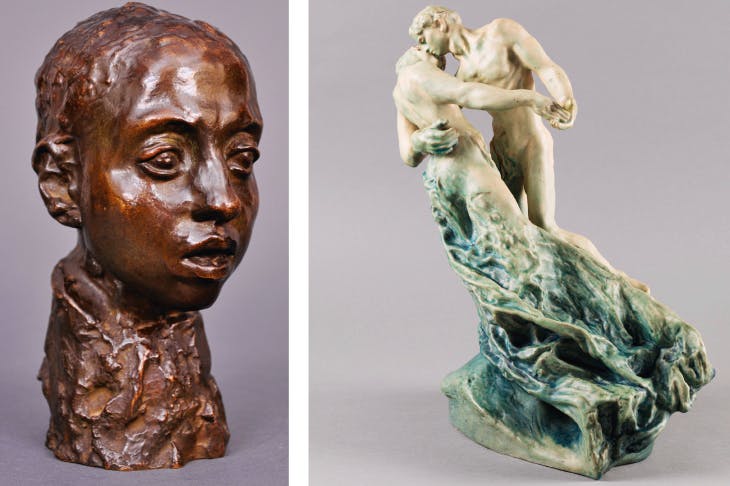

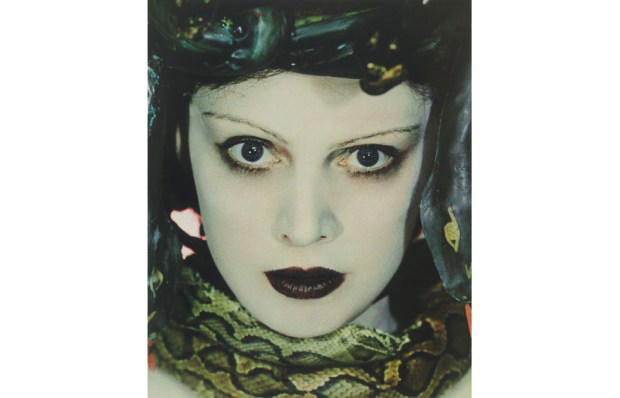
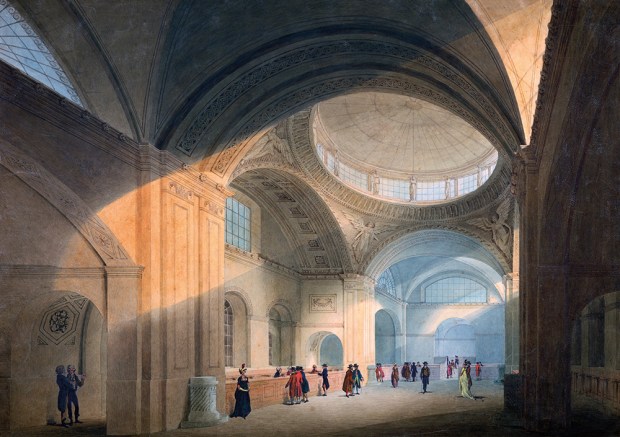
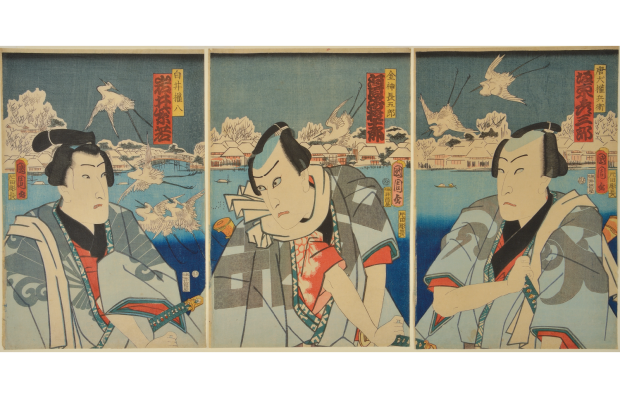
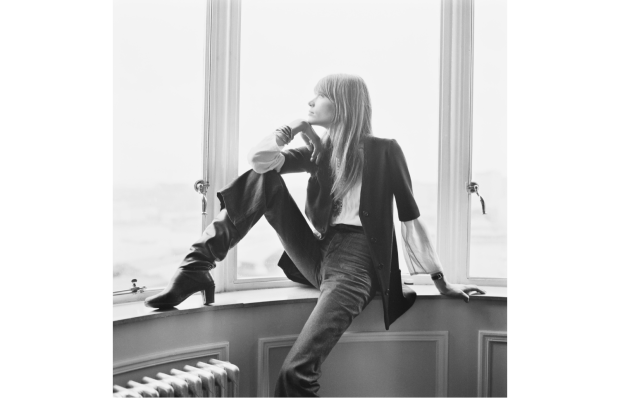







Comments
Don't miss out
Join the conversation with other Spectator Australia readers. Subscribe to leave a comment.
SUBSCRIBEAlready a subscriber? Log in